 To enhance service speed and avoid tariff delays, we've opened a US warehouse. All US orders ship directly from our US facility.
To enhance service speed and avoid tariff delays, we've opened a US warehouse. All US orders ship directly from our US facility.
| Cat. No. | Product Name | Field of Application | Chemical Structure |
|---|---|---|---|
| DC8804 | APD597(JNJ-38431055) Featured |
APD597(JNJ-38431055) is a GPR119 agonist intended for the treatment of type 2 diabetes, with EC50 of 46 nM for hGPR119.
More description
|
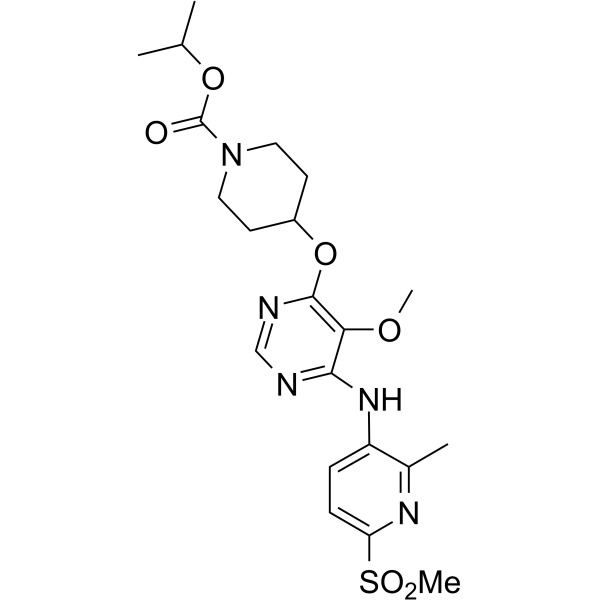
|
| DC9539 | Sobetirome Featured |
Sobetirome(GC-1; QRX-431) is a member of a class of compounds known as selective thyromimetics.
More description
|
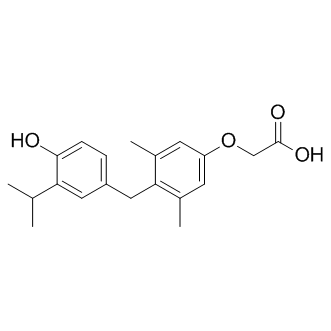
|
| DC31248 | Indibulin Featured |
Indibulin is a synthetic small molecule with antimitotic and potential antineoplastic activities. Indibulin binds to a site on tubulin that is different from taxane- or Vinca alkaloid-binding sites, destabilizing tubulin polymerization and inducing tumor cell cycle arrest and apoptosis. This agent has been shown to be active against multidrug-resistant (MDR) and taxane- resistant tumor cell lines. Check for active clinical trials or closed clinical trials using this agent. (NCI Thesaurus).
More description
|
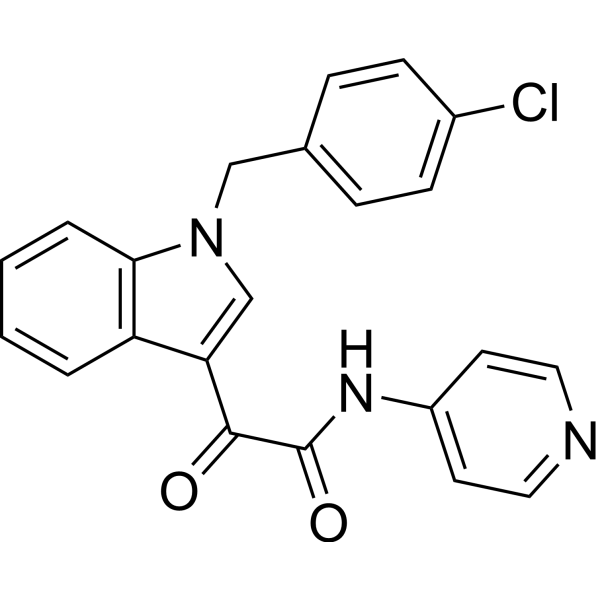
|
| DC22313 | PS48 Featured |
PS48 is a PDK1 (phosphoinositide-dependent protein kinase 1) activator which binds to the HM/PIF binding pocket rather than the ATP-binding site.
More description
|
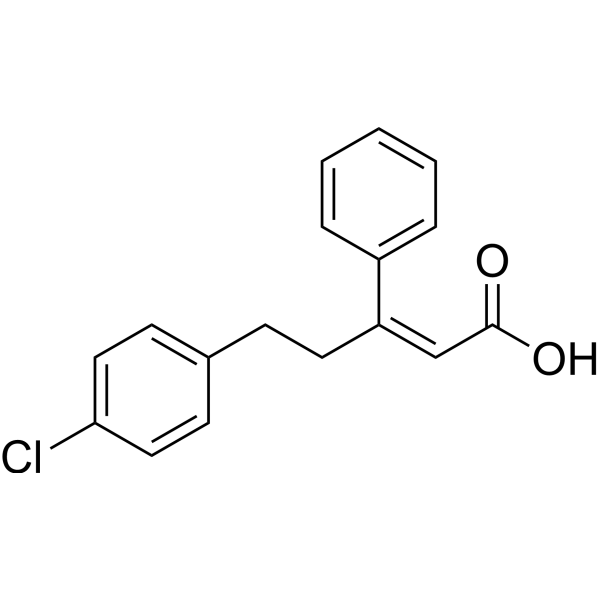
|
| DC26037 | FDL-169 Featured |
FDL-169 is a novel and potent CFTR (Cystic fibrosis transmembrane conductance regulator) corrector being developed by Flatley Discovery Lab for treating cystic fibrosis (CF) patients who carry the F508del mutation
More description
|
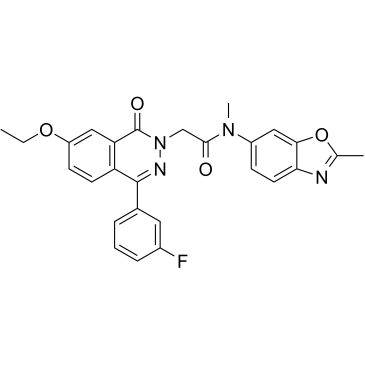
|
| DC32566 | UNC2541 Featured |
UNC2541 is a potent and MerTK-specific inhibitor that exhibits sub-micromolar inhibitory activity in the cell-based ELISA. In addition, an X-ray structure of MerTK protein in complex with 11 was resolved to show that these macrocycles bind in the MerTK ATP pocket. UNC2541 showed IC50 MerTH=4.4 nM; IC50 AXL = 120 nM; IC50 TYRO3 = 220 nM; IC50 FLT3 = 320 nM.
More description
|
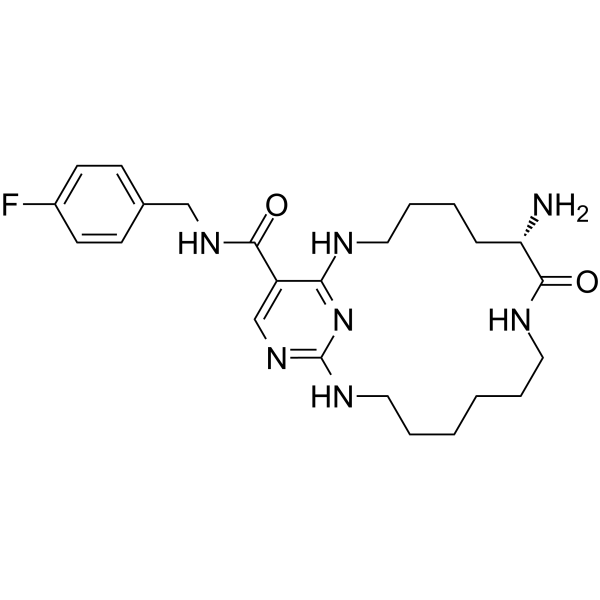
|
| DC22308 | TG4-155 Featured |
TG4-155 is a brain penetrant EP2 antagonist (KB = 2.4 nM) that is over 1000-fold less effective at EP4 (KB = 11.4 µM) and a panel of other receptors and channels. It blocks the induced expression of inflammatory markers in microglial cells.
More description
|
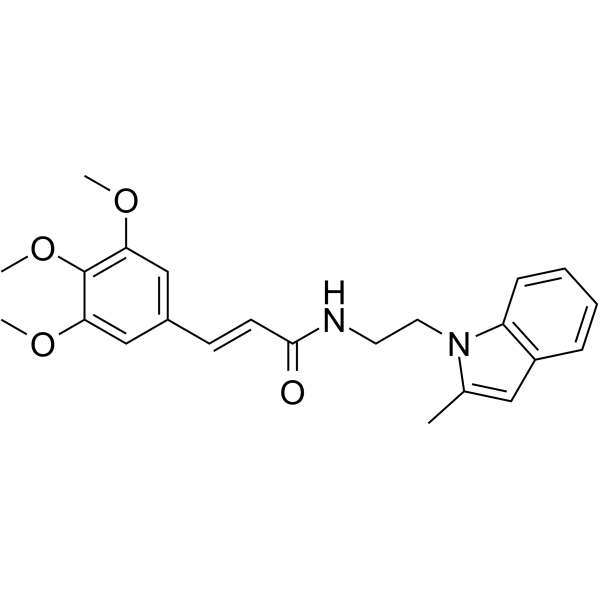
|
| DC7136 | GNF-5837 Featured |
GNF-5837 is a potent pan-Trk inhibitor which display antiproliferative effects in cellular Ba/F3 assays (IC50 values are 7, 9 and 11 nM for cells containing the fusion proteins Tel-TrkC, Tel-TrkB and Tel-TrkA, respectively).
More description
|

|
| DC9845 | FITM Featured |
FITM is a nove mGlu1 inhibitor. FITM shows high affinity (Ki = 2.5 nM, fig. S2) and selectivity for mGlu1 over mGlu5.
More description
|
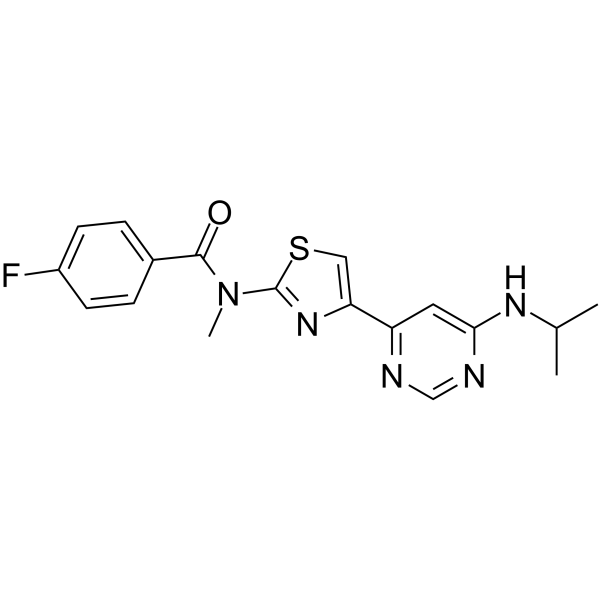
|
| DC33730 | FAUC-365 Featured |
FAUC 365 is a highly dopamine D3 receptor-selective antagonist with Ki values of 0.5 nM, 340, 2600, and 3600 nM at D3, D4.4, D2short, and D2Long receptors, respectively. FAUC 365 can be used for the research of schizophrenia, and Parkinson's disease.
More description
|
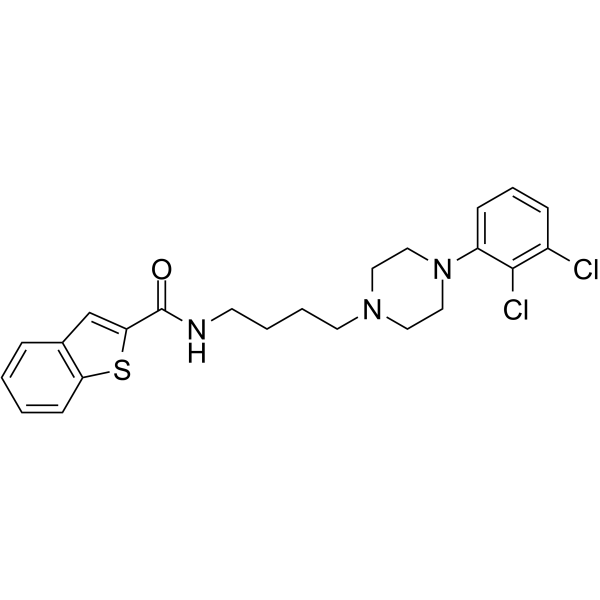
|
| DC33632 | CAY10594 Featured |
CAY10594 is a potent phospholipase D2 inhibitor. CAY10594 ameliorates acetaminophen-induced acute liver injury by regulating the phosphorylated-GSK-3β/JNK axis.
More description
|
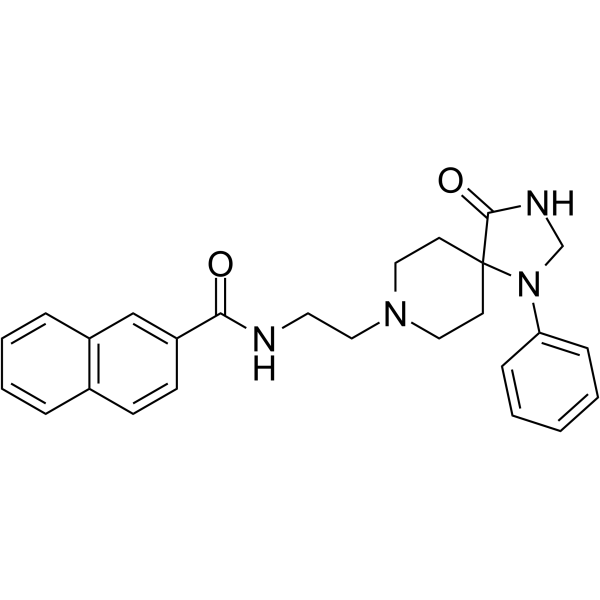
|
| DC33584 | ARN14974 Featured |
ARN14974 is a benzoxazolone carboxamide inhibitor of acid ceramidase (IC50 = 79 nM).
More description
|
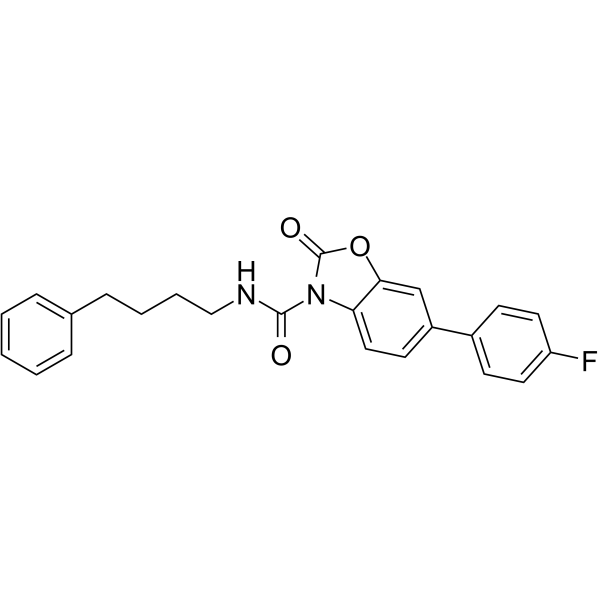
|
| DC74203 | TR-107 Featured |
TR-107 (TR107) is a highly potent, selective and orally bioavailable small-molecule activator of the mitochondrial protease ClpP with EC50 of 140 nM, binds to purified ClpP with Kd value of 180 nM in surface plasmon resonance (SPR) measurement.
More description
|

|
| DC31809 | Pindolol Featured |
Pindolol is a moderately lipophilic beta blocker. Pindolol is a SR-1A/SR-1B antagonist with similar affinity for each subtype. Pindolol acts as a partial agonist at mouse and human β3-AR (β3-adrenoceptors). Pindolol is an inhibitor of β1-AR.
More description
|
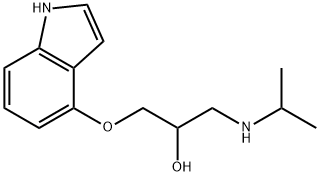
|
| DC21790 | VA-012 Featured |
VA-012 is a potent, selective 5-HT2C receptor positive allosteric modulator (PAM) that exhibits dose-dependent potentiation of 5-HT efficacy with EC50 of 16 nM.
More description
|
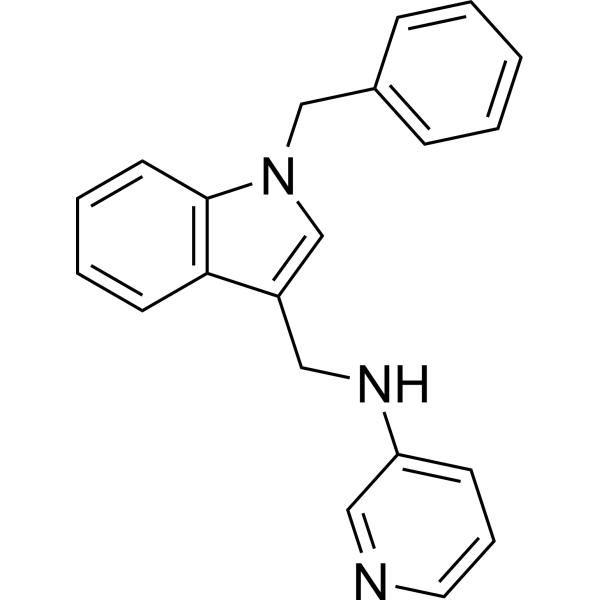
|
| DC34384 | NQTrp Featured |
NQTrp, an aromatic naphthoquinone-tryptophan hybrid molecule, an inhibitor of the aggregation of the tau protein with generic anti-amyloidogenic effects. NQTrp inhibits the in vitro aggregation of hexapeptide (41GCWMLY46 within the N-terminus of γD-crystallin) as well as full-length γD-crystallin.
More description
|
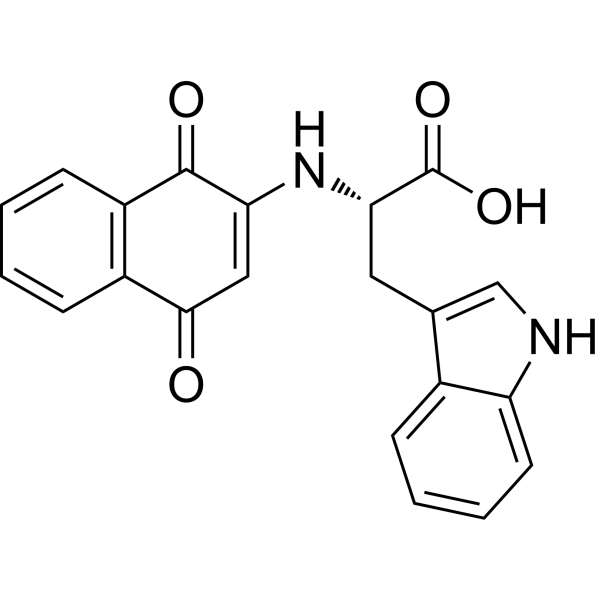
|
| DC7291 | GSK650394 Featured |
GSK650394 is a novel SGK inhibitor with IC50 of 62 nM and 103 nM for SGK1 and SGK2 in the SPA assay respectively.
More description
|

|
| DC7406 | Dynasore Featured |
Dynasore is a cell-permeable small molecule that inhibits the GTPase activity of dynamin1, dynamin2 and Drp1, the mitochondrial dynamin.
More description
|
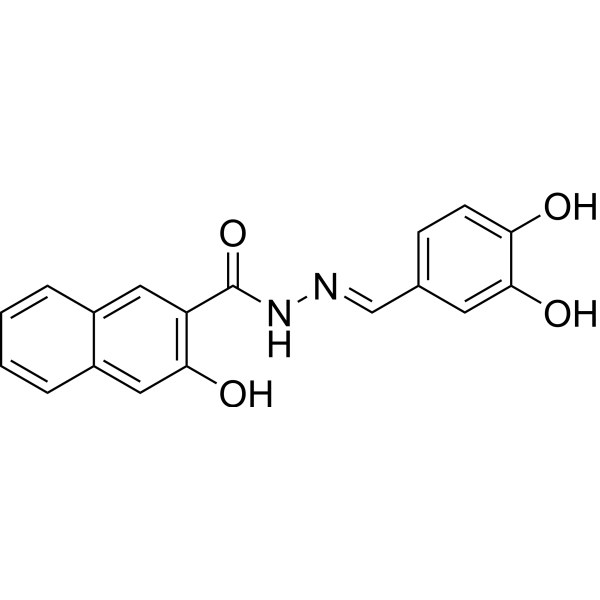
|
| DC21347 | MS0124 Featured |
MS-0124 is a potent and selective inhibitor of G9a-like Protein (GLP) lysine methyltransferase with IC50 of 13 nM, shows >30-fold selectivity for GLP over G9a and other methyltransferases..
More description
|
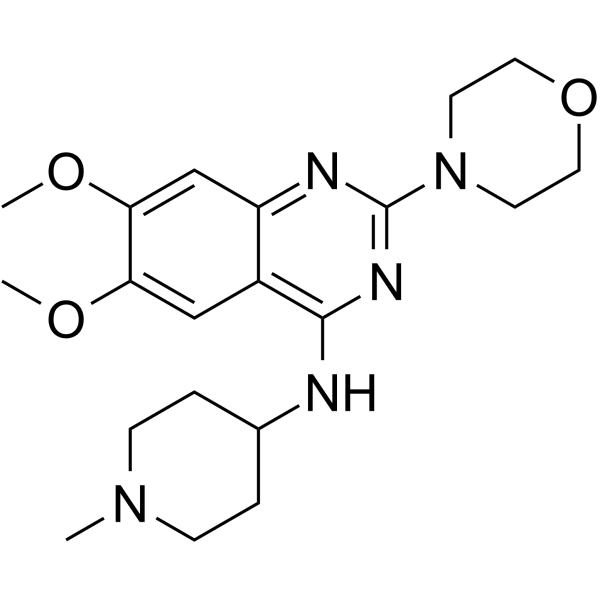
|
| DCAPI1199 | Lonidamine Featured |
Lonidamine (AF-1890) is a hexokinase and mitochondrial pyruvate carrier inhibitor (Ki: 2.5 μM). Lonidamine also inhibits aerobic glycolysis in cancer cells. Lonidamine can be used in the research of mitochondrial metabolism and inflammation, such as pulmonary fibrosis.
More description
|
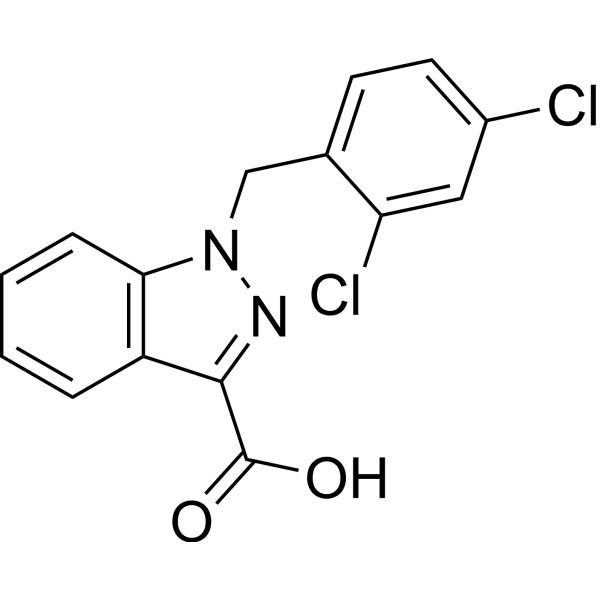
|
| DC37547 | Sulfanitran Featured |
Sulfanitran is a sulfonamide antibiotic which is used in the poultry industry. It is a component of Novastat, Polystat, and Unistat, brand names of feed additives for chickens used to control Coccidioides spp.
More description
|
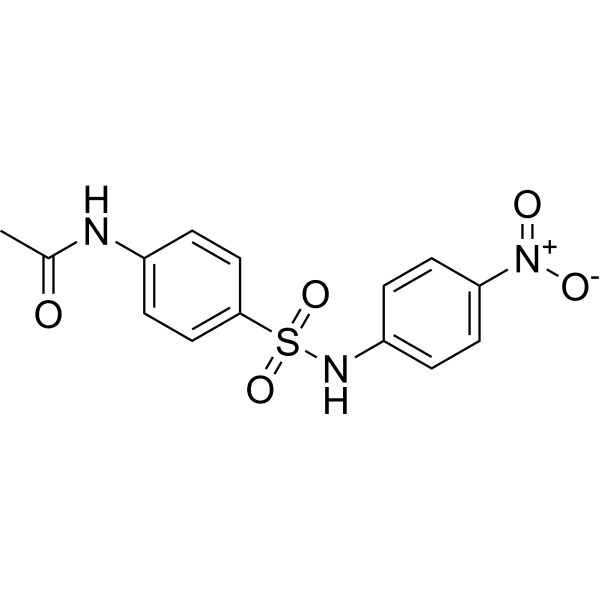
|
| DC22290 | Aranidipine (MPC1304) Featured |
MPC1304 is a Ca2+ channel antagonist with potent and long-lasting antihypertensive effects. IC50 & Target: Ca2+ Channel.
More description
|
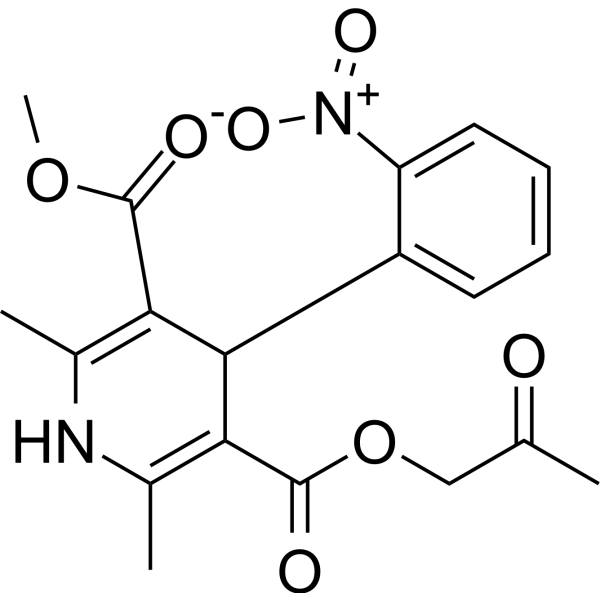
|
| DC23833 | SB 4 (Eticovo) Featured |
BMP signaling agonist sb4 is a small molecule BMP signaling agonist with EC50 of 73.6 nM, enhances the efficacy of BMPs and activates endogenous BMP4 target genes.
More description
|
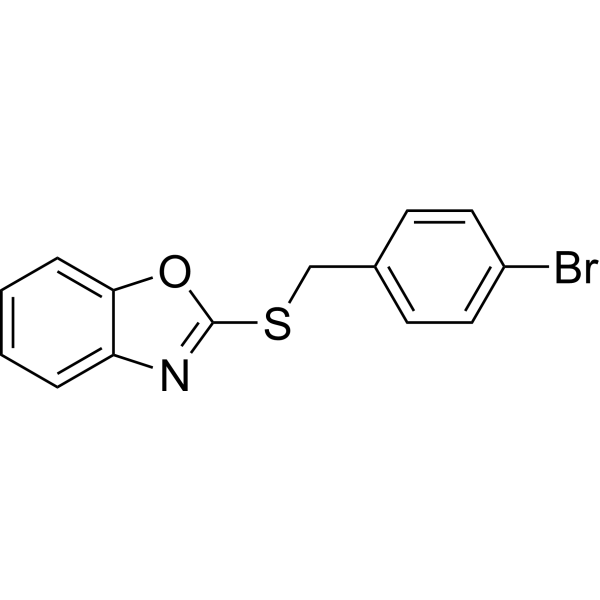
|
| DC74156 | S-181 Featured |
S-181 (S 181) is a specific small-molecule activator (modulator) of β-glucocerebrosidase (GCase) with AC50 of 1.49 uM and a maximum activation of 780%.
More description
|
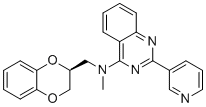
|
| DC10905 | Exo1 Featured |
Exo1 is a cell-permeable, reversible inhibitor of exocytosis (IC50 = 20 µM).
More description
|
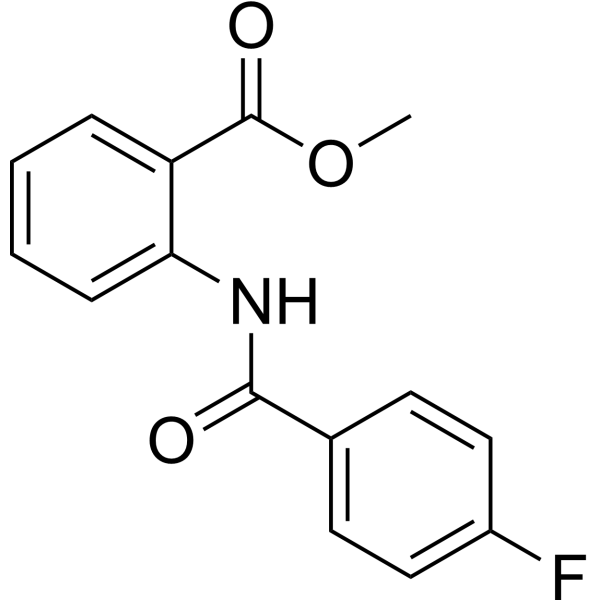
|
| DC22391 | Olorofim(F-901318) |
Olorofim (F901318) selectively inhibits fungal dihydroorotate dehydrogenase (DHODH), a key enzyme in the pyrimidine biosynthesis pathway. Olorofim (F901318). Olorofim exhibits excellent activity against A. fumigatus and other Aspergillus spp.
More description
|
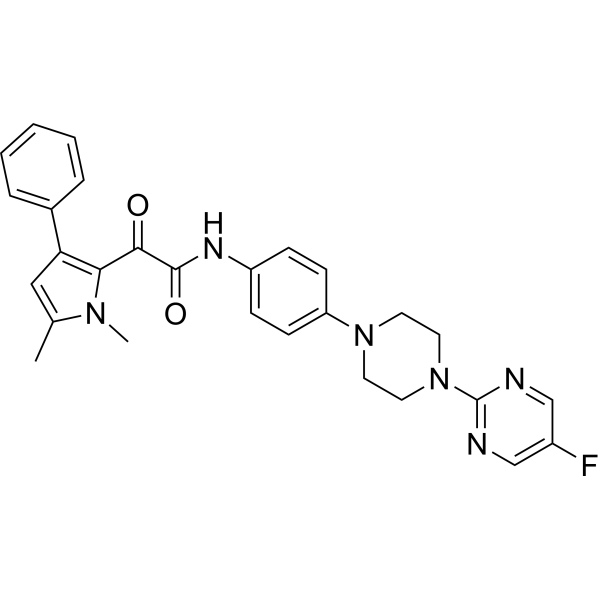
|
| DC32537 | GSK864 Featured |
GSK864 is a potent and selective inhibitor of mutant IDH1. GSK864 inhibits IDH1 mutants R132C/R132H/R132G with IC50 values of 9/15/17 nM, respectively, and is moderately selective over wild-type IDH1 and IDH2 mutants/wild-type. Treatment of R132C IDH1 mutant HT-1080 cells for 24 hours with GSK864 results in a dose-dependent reduction of 2-hydroxyglutarate (2-HG), which is not observed with GSK990, a structurally similar compound which is inactive as an IDH1 inhibitor. GSK864 has been shown to be selective in vitro for IDH1 over other classes of proteins (7TMs, ion channels, kinases) and chemoproteomic studies with GSK321, an analog of GSK864, confirm selective binding of IDH1 by this chemical series. GSK864 has a pharmacokinetic profile suitable for in vivo studies.
More description
|
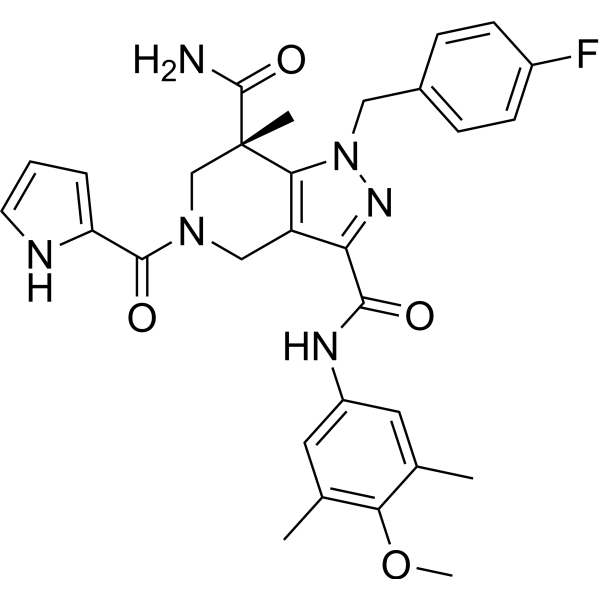
|
| DC22108 | HOIPIN-8 Featured |
HOIPIN-8 (HOIP inhibitor-8) is a potent chemical inhibitor of linear ubiquitin chain assembly complex (LUBAC, IC50=11 nM), specifically generates Met1-linked linear ubiquitin chains through the ubiquitin ligase activity in HOIP, and activates the NF-kB pa
More description
|
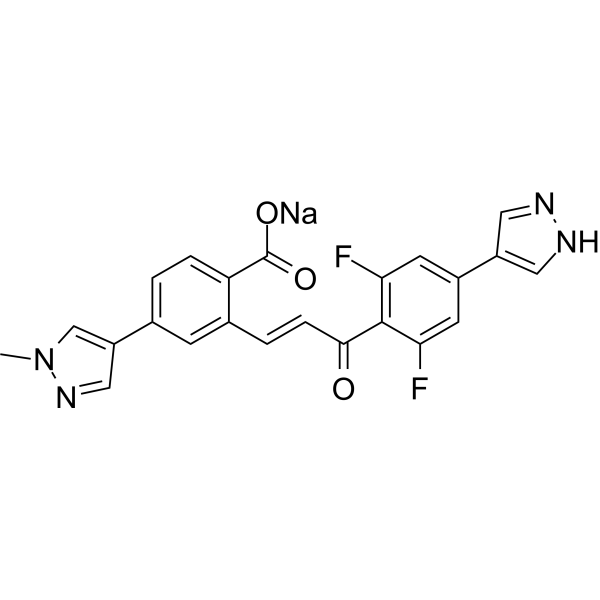
|
| DC22375 | RS-102895 Featured |
RS102895 is a potent CCR2 antagonist, with an IC50 of 360 nM, and shows no effect on CCR1.
More description
|
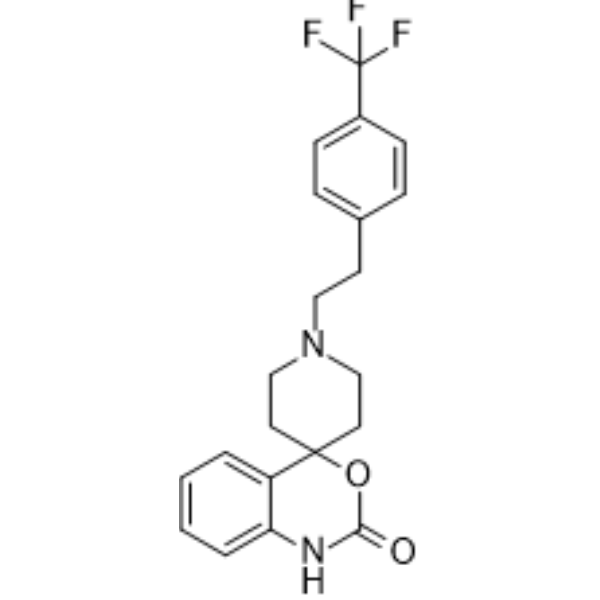
|
| DC74223 | X-Neu5Ac Featured |
X-Neu5Ac (sodium) is a substrate for chromogenic assay of neuraminidase activity in bacterial expression systems; with a Km of 0.89 mM for neuraminidase.
More description
|
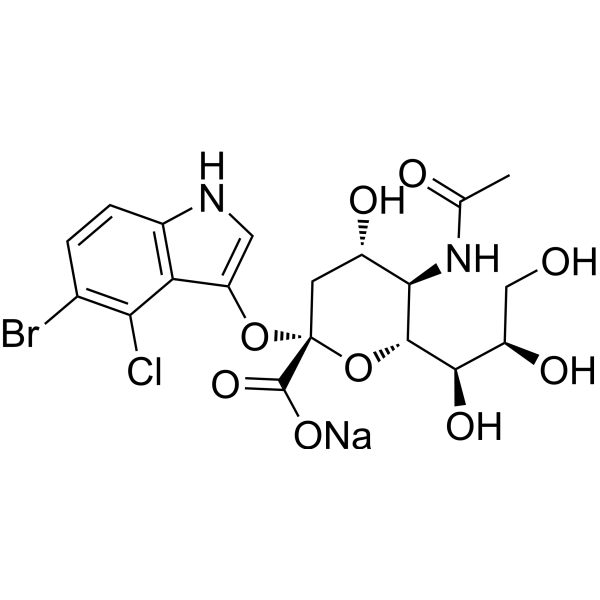
|